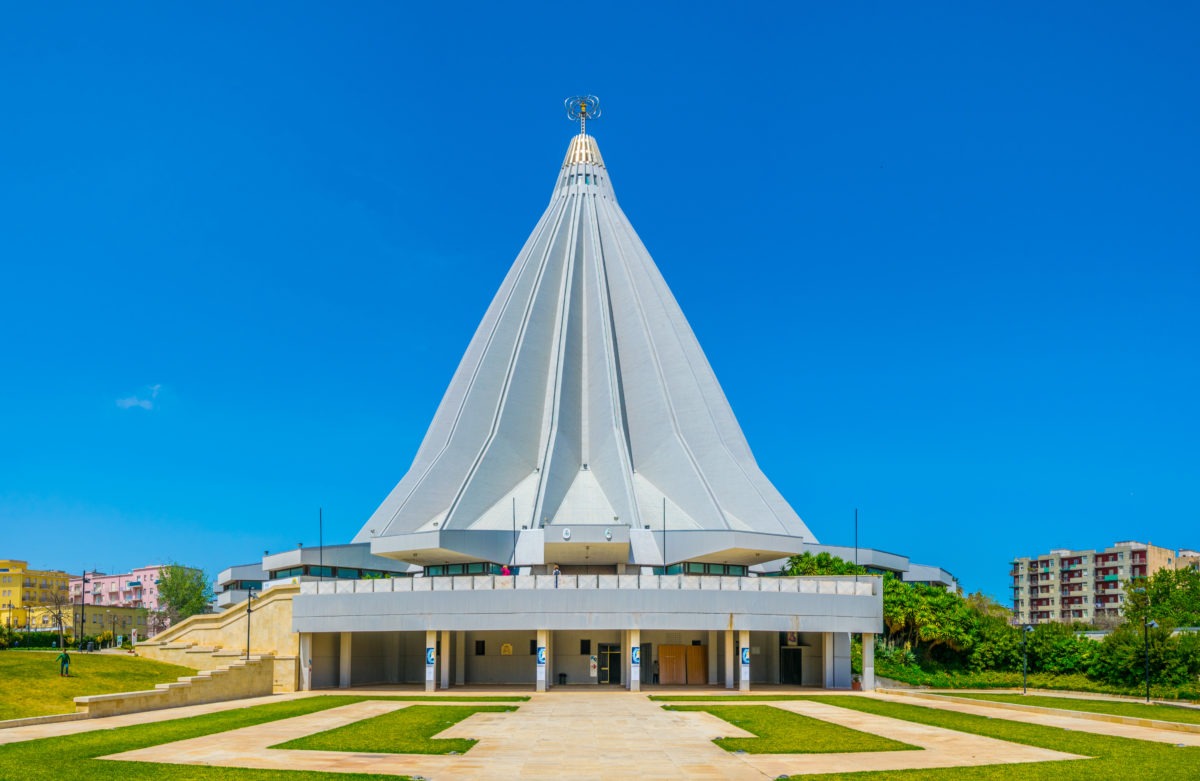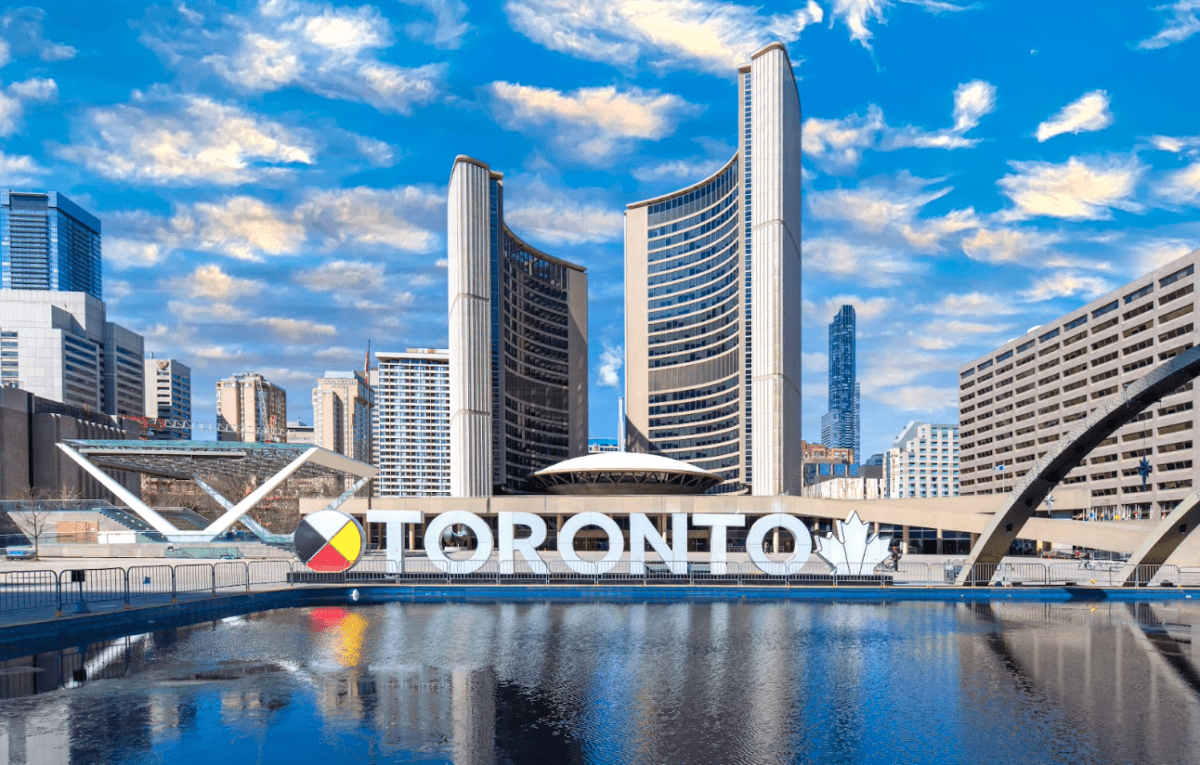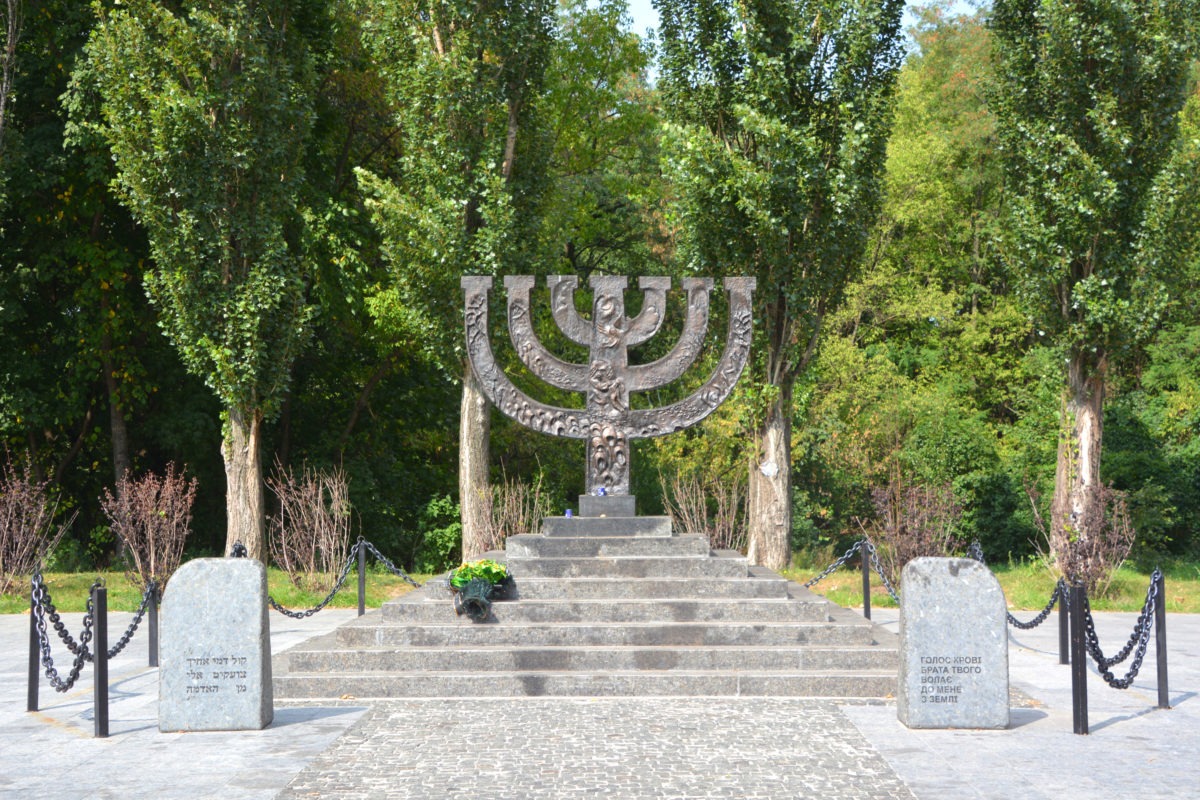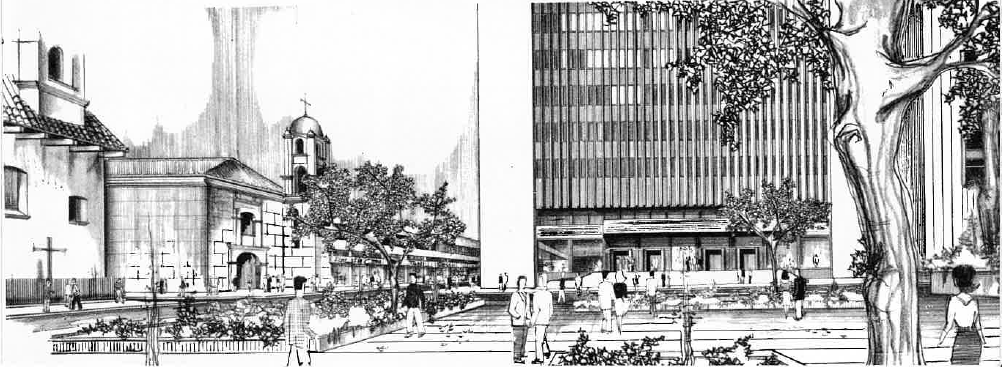This competition was organised for the construction of a basilica in Syracuse by the Sanctuary of Our Lady of Tears.
The competition programme was approved by the International Union of Architects (UIA).

This competition was organised for the construction of a basilica in Syracuse by the Sanctuary of Our Lady of Tears.
The competition programme was approved by the International Union of Architects (UIA).
This competition was organised for the construction of a basilica in Syracuse by the Sanctuary of Our Lady of Tears.
The competition programme was approved by the International Union of Architects (UIA).
This international competition was organised to design a memorial on the site of the Auschwitz-Birkenau concentration camp in Poland.
The competition was organised over two stages by the International Auschwitz Committee with the technical assistance of the International Union of Architects (UIA).
This international competition was organised to design a memorial on the site of the Auschwitz-Birkenau concentration camp in Poland.
The competition was organised over two stages by the International Auschwitz Committee with the technical assistance of the International Union of Architects (UIA).

In 1956, the decision to hold an international competition for a new city hall over two stages was made by Dr. Eric Ross Arthur, a Canadian architect.
This competition was approved by the International Union of Architects (UIA).
In 1956, the decision to hold an international competition for a new city hall over two stages was made by Dr. Eric Ross Arthur, a Canadian architect.
This competition was approved by the International Union of Architects (UIA).
This competition concerned the design of a significant part of the first complex of buildings to be built for the University. This programme was drawn up in accordance with […]

The International Committee of Dachau Elders organised a competition to build a monument on the camp’s former roll-call square to celebrate the 20th anniversary of its liberation.
The competition had the patronage of the International Dachau Committee and the approval of the International Union of Architects (UIA).
The International Committee of Dachau Elders organised a competition to build a monument on the camp’s former roll-call square to celebrate the 20th anniversary of its liberation.
The competition had the patronage of the International Dachau Committee and the approval of the International Union of Architects (UIA).
This international competition, organised over two stages, was approved by the American Institute of Architects, the American Society of Landscape Architects and the International Union of Architects (UIA).
This international competition, organised over two stages, was approved by the American Institute of Architects, the American Society of Landscape Architects and the International Union of Architects (UIA).

This competition was organised in Buenos Aires by the “Sociedad Central de Arquitectos” for the construction of the tallest building in Argentina.
This building was destined to welcome offices for large companies and firms, and would also include a mall and a cultural centre.
This competition was approved by the International Union of Architects (UIA).
This competition was organised in Buenos Aires by the “Sociedad Central de Arquitectos” for the construction of the tallest building in Argentina.
This building was destined to welcome offices for large companies and firms, and would also include a mall and a cultural centre.
This competition was approved by the International Union of Architects (UIA).
This international architectural competition was organised to find a solution to the problem of land use planning in two municipalities: Erpeldange and Ettelbruck.
This international architectural competition was organised to find a solution to the problem of land use planning in two municipalities: Erpeldange and Ettelbruck.
The competition was organised by the Établissement Public d’Aménagement de la Ville Nouvelle d’Évry. It was launched on 18 May 1971 by Maurice Doublet, Prefect of Greater Paris and Michel Boscher, Mayor, Member of Parliament for Évry and President of the Établissement Public d’Aménagement de la Ville Nouvelle.
This two-phase international competition was approved by the International Union of Architects (UIA).
The competition was organised by the Établissement Public d’Aménagement de la Ville Nouvelle d’Évry. It was launched on 18 May 1971 by Maurice Doublet, Prefect of Greater Paris and Michel Boscher, Mayor, Member of Parliament for Évry and President of the Établissement Public d’Aménagement de la Ville Nouvelle.
This two-phase international competition was approved by the International Union of Architects (UIA).
This competition was organised by the Committee for Art and Culture of the People’s Republic of Bulgaria.
The purpose of this competition was to select an preliminary architectural design for the National Opera building in Sofia, Bulgaria.
The competition regulations and programme were coordinated with the International Union of Architectes (UIA).
This competition was organised by the Committee for Art and Culture of the People’s Republic of Bulgaria.
The purpose of this competition was to select an preliminary architectural design for the National Opera building in Sofia, Bulgaria.
The competition regulations and programme were coordinated with the International Union of Architectes (UIA).